Mushrooms are not only a delicious product rich in proteins, vitamins and minerals, but also good neighbors for the garden. The fact is that many trees grow with mushrooms in symbiosis, forming mycorrhiza. Thanks to her, they get food for a friend from a friend, not competing, since everyone needs his own.
Based on this, to grow mushrooms in the garden will be useful and interesting. A nice feature: you can plant them throughout the season from spring to autumn. This does not limit the gardener in time and makes it possible to prepare well and study the process.
Content
Types of mushrooms suitable for cultivation in the garden
Growing mushrooms in the country or in the garden does not mean that you can simply plant any you want in the beds. Each of the species requires separate conditions and neighbors.
Some species can grow on the site on their own. This, for example, rowing, white dung beetle, umbrella, champignon, shiitake, pig, morel, oyster mushroom, saffron, butterdish. Their spores fall into the soil in different ways: brought by the wind, birds, and settle if the conditions are suitable for them - humidity and shade of the plot, useful plants, soil composition.
A number of mushrooms are strictly looking for "their" trees, because they have a special connection with them - mycorrhiza. Sometimes they are simply calculated by their names: boletus, boletus, puffin. Trees need them in order to get water and microelements, while mushrooms are “interested in” sweet wood juice. Therefore, by the way, soil nutrition is not a key condition for a fungus if it is in symbiosis with a tree.
With certain actions, forest representatives can be raised on your site. Most successfully grown on a summer cottage:
- White, boletus - the most desirable for any mushroom picker. Externally, they differ, each of them prefers a separate species of tree: there are symbiotics of birch, pine, spruce. To colonize the mushrooms, it is advisable to bring a young tree from the forest, but which grew near an adult, so that its roots must have been inhabited by boletus.
- Boletus can be settled near aspen or pine. It looks very noticeable: a red or brown hat, a spotty scaly leg. It has a very high taste.
- It is much easier to get boletus on its plot than the previous species, since it is not so demanding. True, its fruiting body is less dense, but it bears fruit more abundantly.
- Honey mushrooms - grow on stumps and old trunks. They will take root especially willingly if there is a secluded place on the site where trees used to grow.
- Chanterelles are attractive in appearance, tasty and nutritious, and are also used to treat parasites. Most often grow near conifers.
In general, if a certain type of mushroom is interesting, you need to study its habitat, the principle of nutrition and try to recreate such conditions on your site.
Seat selection
To successfully grow mushrooms in a summer cottage, it is important not to make a mistake in choosing a place for mycelium. The main requirements are high moisture and nutritious soil, as well as its shade. We need an imitation of the forest with its dense shade and soil, consisting of puff perennial compost from fallen leaves, felled and processed by insects trunks of old trees.
Many mushrooms grow well only in symbiosis with specific types of trees. For example, birch trees, as the name implies, will prefer birch, although they are also found near aspens. But fruit trees are not particularly attractive for forest residents.
But there is a way out: modern gardening recommends growing forest gardens where trees of different species support each other and do not compete for nutrients. In such a landing and mycelium there is a place.
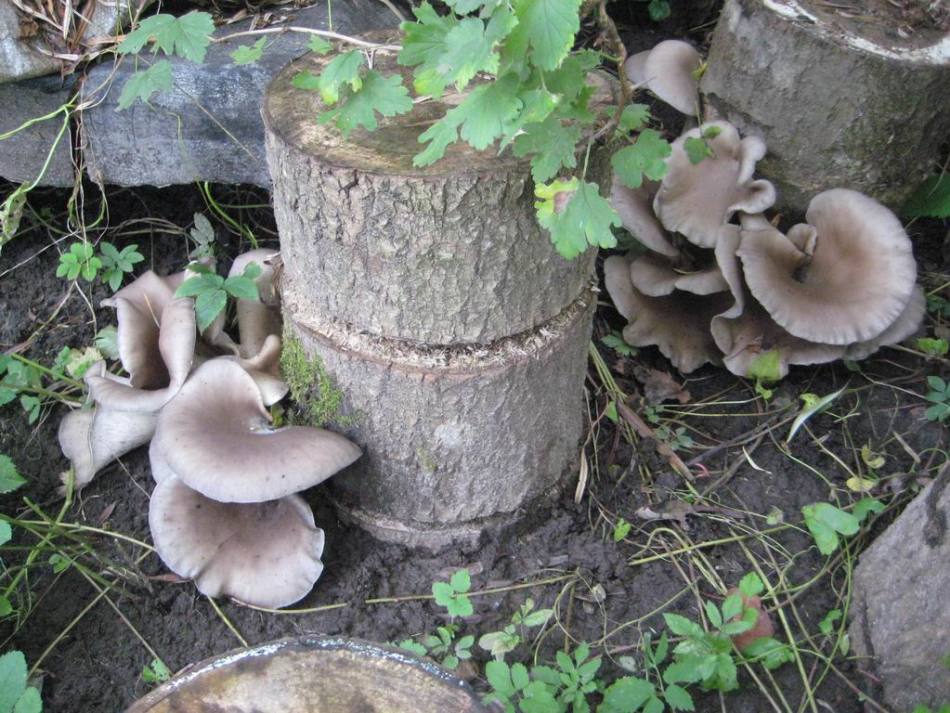
There is a part of mushrooms working as "orderlies", that is, they process dead trees. This, for example, honey mushrooms, oyster mushrooms. If you plan to grow them at home, you need to prepare a place. This is not difficult, since usually in the country house there are often trees for cutting - they are useful for mycelium.
Technology and step-by-step algorithm
Mushrooms are not plants; they simply cannot be sown in the garden. It is useful to know many nuances here. For example, the fact that a mushroom consists of a mushroom body (and this is exactly the element that we need as a food product) and mycelium - an underground white network of numerous root fibers. And they can be propagated in several ways.
From mycelium
If you like a generous mushroom place in the forest, if it is generous to the crop, you can transfer it to your site by cutting out a piece of mycelium in the form of a lump of earth. It needs to be delivered to the cottage moist, so it is better to place it in a container or bag, wrap it with leaves, moss, a rag and moisten it for transportation.
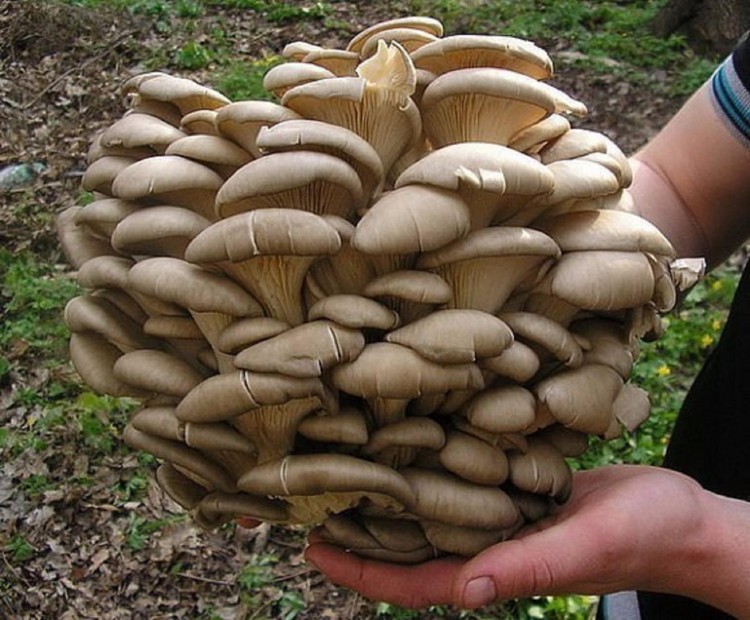
In the shady place of the garden, dig holes, seal them with leaves and sawdust for looseness and nutrition. Insert fragments of mycelium there, watering and covering with turf and leaves. Watch for moisture.
In the case of honey mushrooms, one must remember that they are saprophytes, that is, they feed on dead trees. Therefore, you will have to bring home a part of the stump or trunk and choose a shady place for it. It is advisable to put a sawn tree there so that the mushrooms have something to eat and where to grow.
Spore cultivation
The option of planting a spore requires preparation, namely, fermentation.
This is such a process, usually occurring naturally:
- under the influence of the gastric juice of an animal that has eaten a mushroom body and has passed spores in transit through itself, leaving feces on the ground;
- decaying until next season.
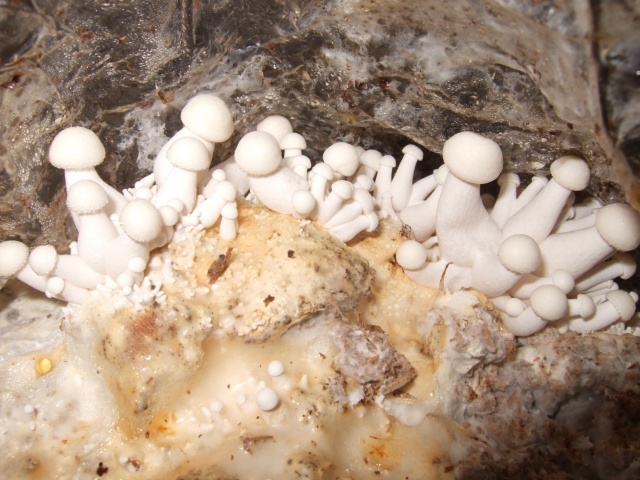
At home, you can take an overripe mushroom, even a worm, to separate a tubular or lamellar layer from under the hat and fill it with water (not tap water, without chlorine). To speed up the process, you need to add a few tablespoons of sugar to the mixture, powder for the production of kvass, and knead the hats themselves by hand, disconnecting the spores. Such fermentation in time can occur from several days to several weeks.
After readiness, you need to choose a cloudy day and the liquid filtered through a large sieve, diluted with clean water in a ratio of 1: 100, pour into selected sections of the garden. You can remove the sod and water the soil, and then return this layer to its place, also moistening it from above.
From mycelium
In the store you can just buy mycelium. Usually it is populated on cereal grain and stored in packages in a cool place. Before planting, it is better to check it: open the package and keep warm for several days, spraying with water.
Usually there is a step-by-step instruction for sowing on the pack, it is better to stick to it. Otherwise, do this:
- in the chosen shady place, remove the top layer of turf, dig a trench or a wide indentation 40 cm deep. Its area depends on the amount of mycelium in a pack;
- fill the hole halfway with dust, straw, sawdust, leaves;
- the last 20 cm is compost and garden soil;
- sprinkle on the prepared surface moist, pre-warmed mycelium, lightly tamp with gloves in hands;
- fill the area with leaves and sawdust, water.
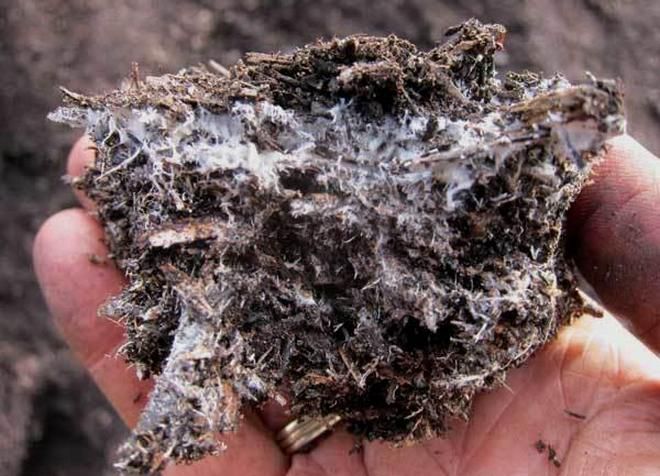
Keep the clearing wet, especially to monitor this for the first two weeks. Sometimes a ready-made mixture of mycelium and substrate is sold, then you just need to lay it in a hole, mulch and water it.
All of these landing methods may not give results quickly, sometimes the wait will last a year or two.
Mycelium Care
Country mushroom "bed" also requires the attention of the owner. The most important care item is watering. The mushroom picker should always be wet. In the hot period it needs to be watered, preferably by drip irrigation. The correct place in the shade will help to keep planting in humidity; only the morning and evening sun is useful to them.
For better survival, the plot should be periodically watered with a solution of sugar in water in a proportion of 10 g per 10 liters. It works like top dressing. Harvest must be done on time so that the old mushroom bodies do not worm and infect the entire mycelium.
Answers to widespread questions
Mushroom cultivation is not a very common phenomenon among summer residents, of course, when studying this process, a lot of questions arise. Here are some of them.
It is possible that when growing mushrooms in the country there will be difficulties, failures. Nevertheless, this is a very interesting experience, and with perseverance and diligence, success will certainly come, and the garden will surely please the host with fresh mushrooms.

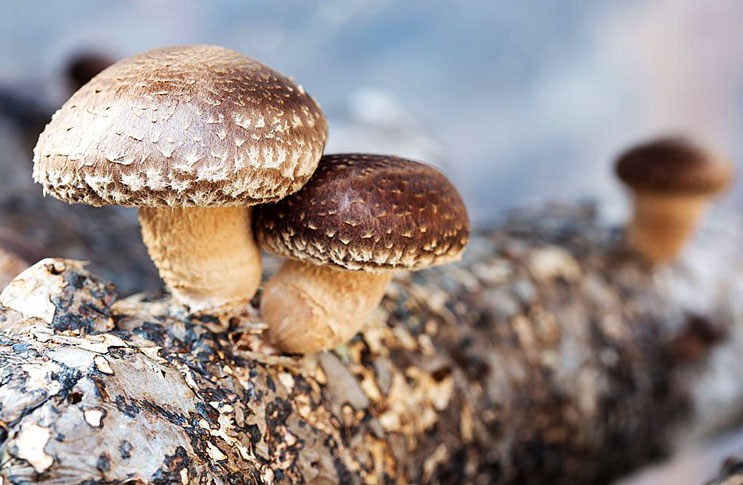
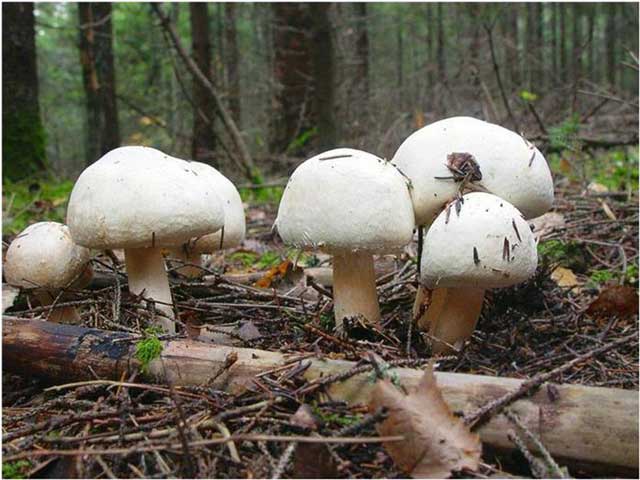
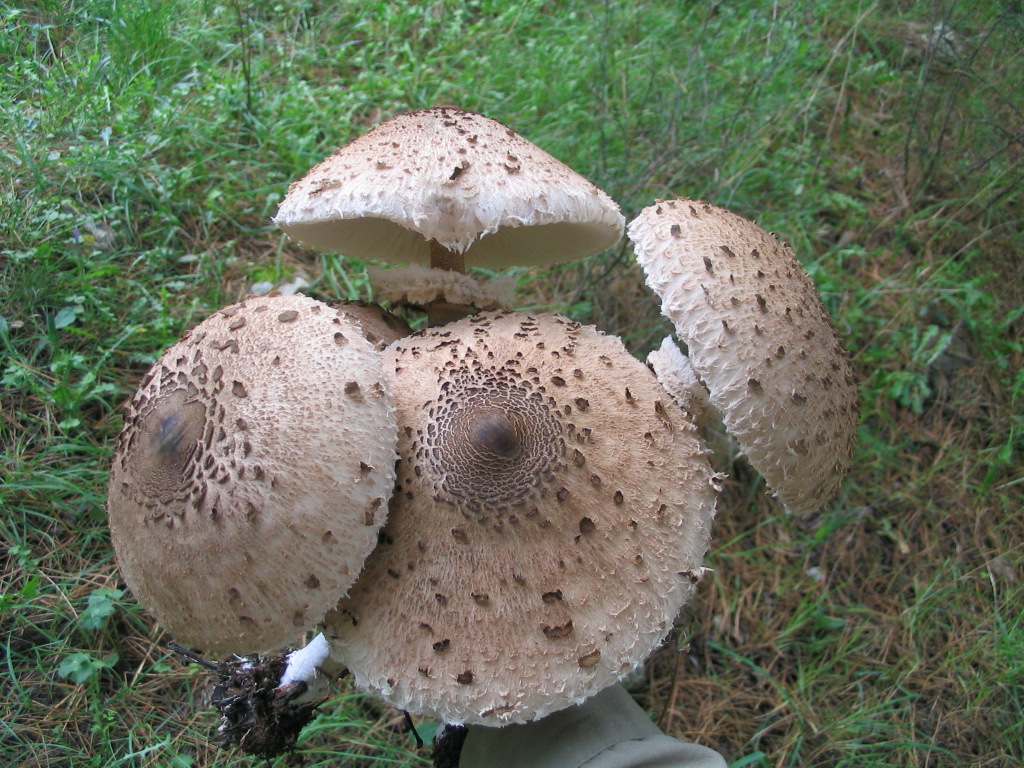
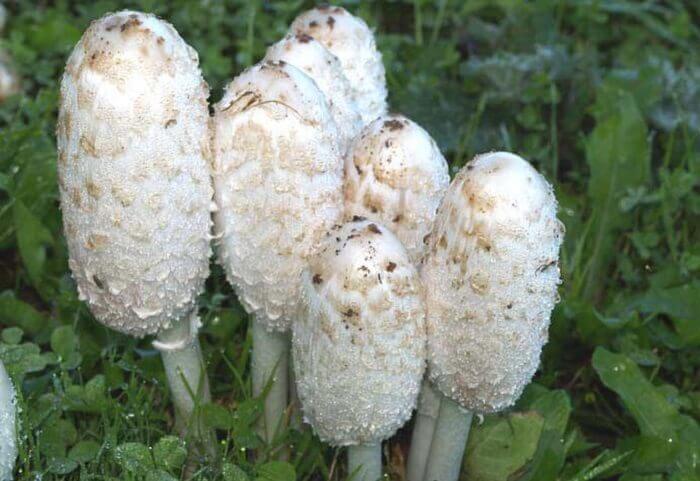
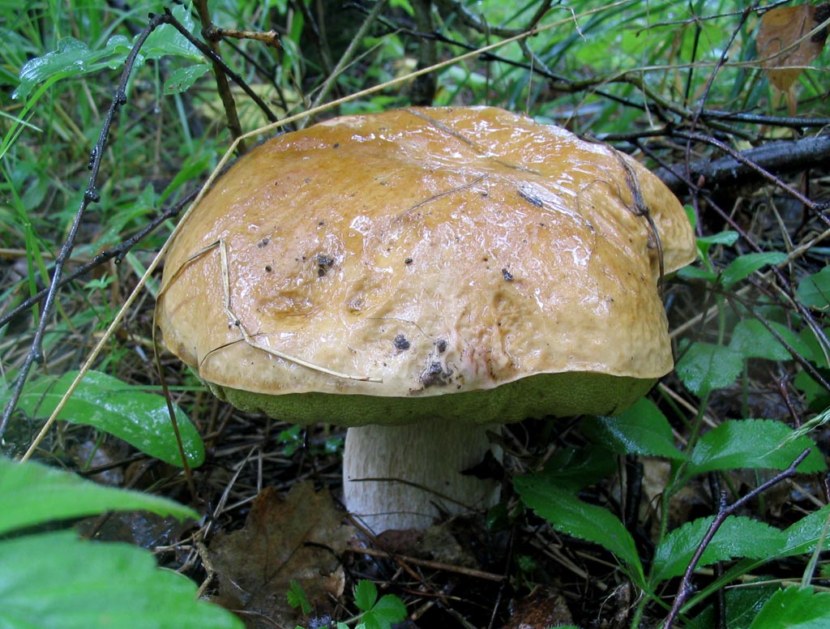
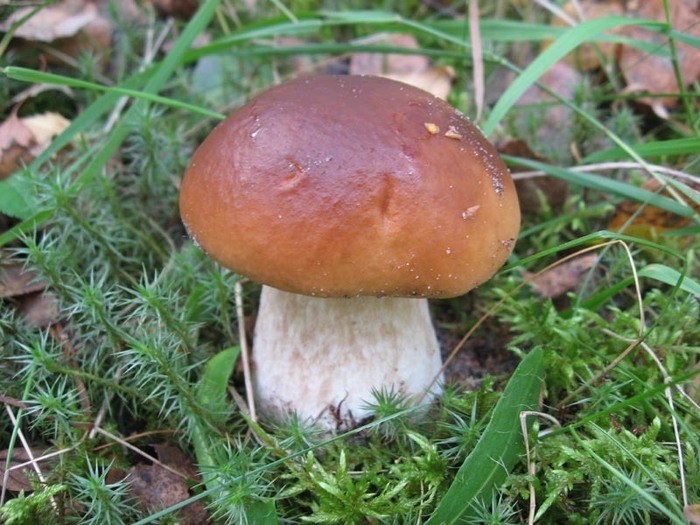

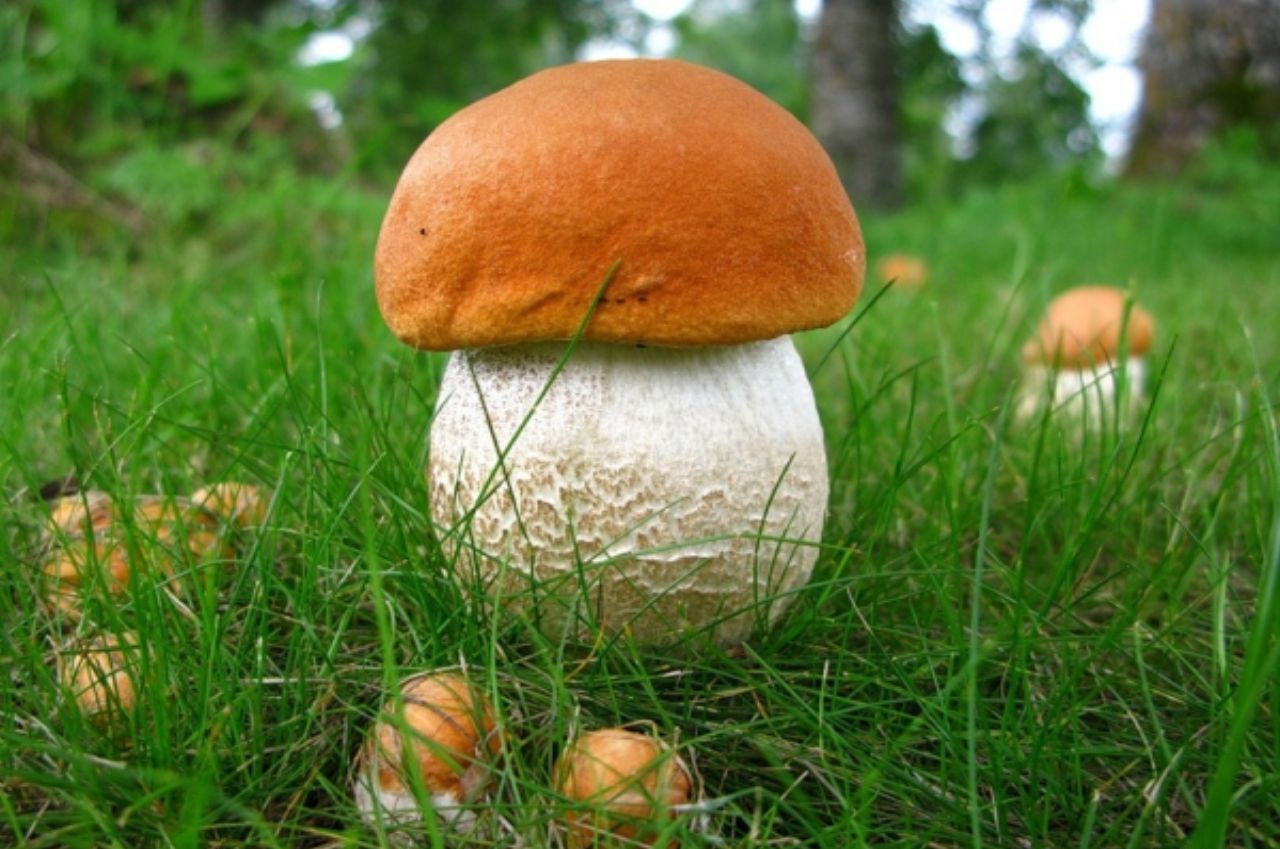
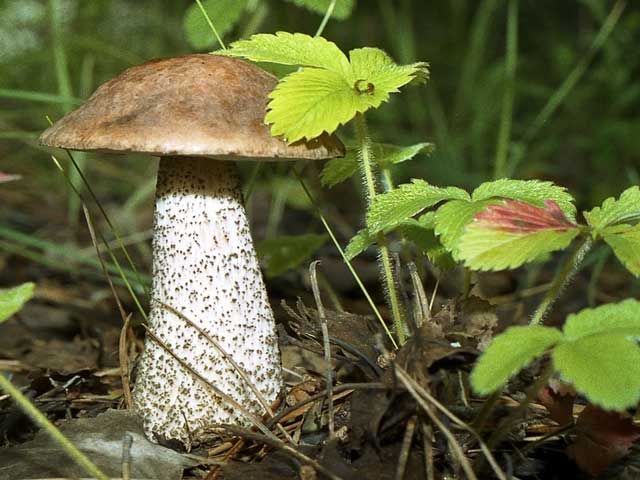

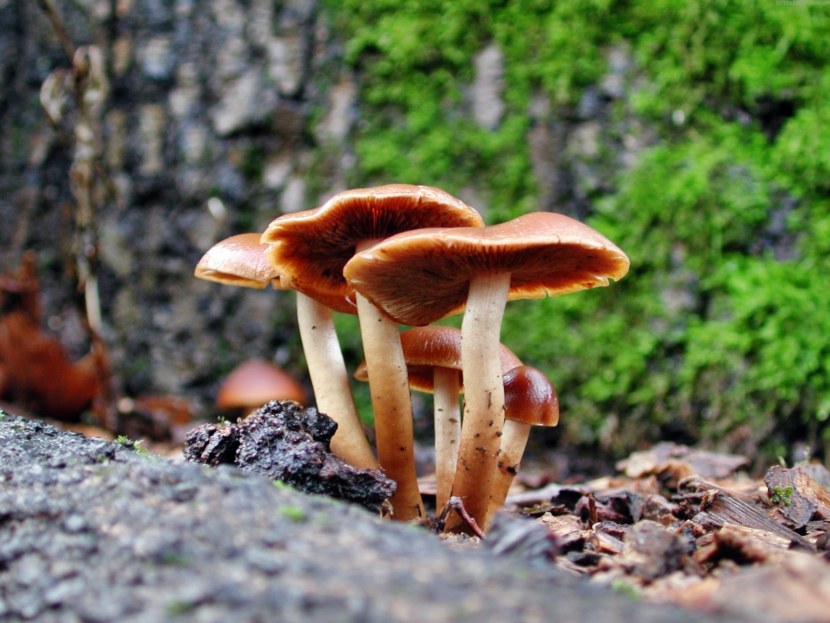

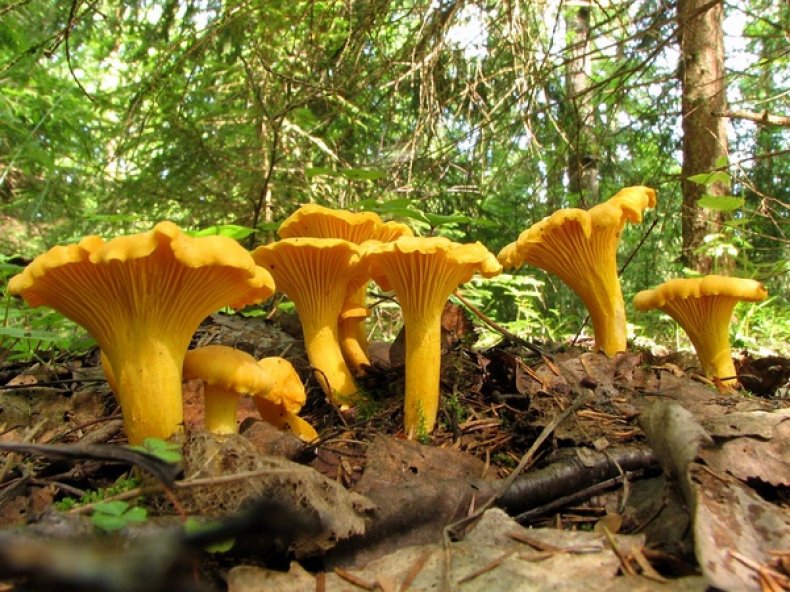
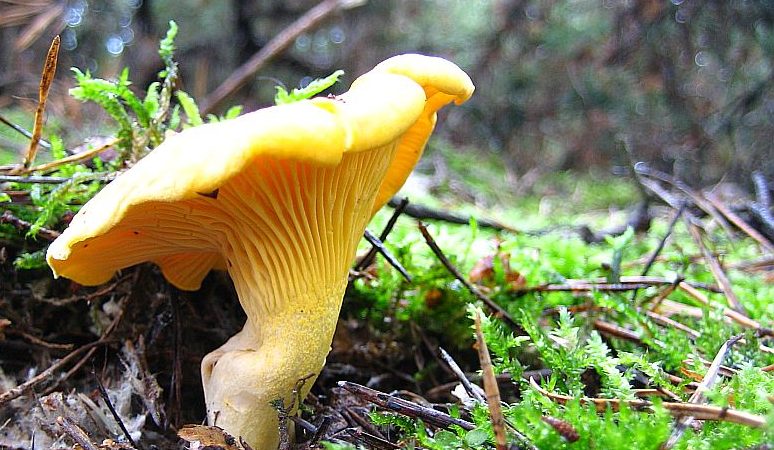



 Care and use of Kombucha at home (+22 photo)
Care and use of Kombucha at home (+22 photo) Edibility of the fungus of the motley umbrella and its description (+19 photo)
Edibility of the fungus of the motley umbrella and its description (+19 photo) Description of edible and inedible oils, their poisonous counterparts (+40 photos)
Description of edible and inedible oils, their poisonous counterparts (+40 photos) Useful properties of milk mushroom and its contraindications (+17 photos)
Useful properties of milk mushroom and its contraindications (+17 photos)